
Video Somaliland: Manufactured lies backfire big time
If separatists holding hostage to parts of North Somalia needed a credible election to help justify that their hell-bent agenda of dividing Somalia was a good idea, they sure didn’t get it.
In the wake of the recent seriously flawed, fraudulent and tribal elections in Somaliland region, locals are now starting to see the cracks after two decades of web of manufactured LIES and SCARE TACTICS.
Ever since the central government collapsed in 1991, a small secessionist group has been busy trying to take advantage of Somalia’s temporary political crisis.The self-styled region, claiming to be the revived state of British Somaliland, declared unilateral independence from the rest of the Somali State. For two decades, some residents of the triangular towns of Burao, Berbera and Hargeisa have lived with the most positively blatant deceptions and have managed to entertain themselves with an imaginary State.Somaliland has no business being independent, no history of it and, by the time it isolated itself, not even the semblance of a reason for it. The common theme in their false aims has managed to keep the once promising northern Somali territory in limbo and in political, social and economic isolation.
The secessionist administration, which is entirely driven by masked tribal agenda, has been campaigning for international recognition using all kinds of tricks far from the truth and very far from the facts. They foolishly thought the international community would entertain their madness and extend them diplomatic recognition. They made simple things more complicated than they were for themselves.
Despite being the most ethnically homogenous race in Africa, the Somalis are divided into clans and sub-clans and speak slightly two or three different dialects. The secession project is mainly driven by special interest groups that belong to the Isaaq clan, one of the four main clans of Somalia.It has almost no support outside Isaaq area but that’s not to say they haven’t managed to pick up some opportunist and scrap pickers who are prepared to close their eyes and pocket their small bribes. Even the bulk of the Isaaq population is not in favor of the partisanship of Somalia but due to the chaos in the south including the capital, they play along with the pretend game.In their hearts they still have faith in unified Somalia and when the duty calls for them to serve their country they will be on the first plane to Mogadishu. Somalia’s current dual deputy Prime Minister and Foreign Minister Fowzia Yusuf Haji Adan is a good example.
Those calling for secession argue that their self-styled independent Somaliland is the successor state of the 80 year-old British Somaliland; however this is another misleading claim. The British Somaliland Protectorate consisted of the partial coalition of four Somali clans that each signed separate Memorandum of Understanding with the British Empire in the late 1880s. Britain’s motives for signing the agreements were mainly due to the region’s strategic value and proximity to the Suez Canal route and Aden; 150 miles north of and opposite from Berbera.Their primary purpose was to prevent other European powers from seizing it so as to protect their important interest in the region. The British also needed fresh meat produce for their medium sized Aden garrison and so began importing livestock (mainly mutton) from north Somalia.
The British never really ventured nor invested anything significant into the Somaliland interior and never really understood the region fully. Prior to their landing they obtained information from the Ottoman Empire that revealed that the interior was a harsh and uncompromising environment for development and thus possessed no political or commercial value. To this day the same harsh economical, political and environmental conditions remain. The region is not capable of being independent or sustainable. Furthermore, three out of the four original tribes that signatories of the MoU with Britain remain committed to Somalia’s sacred unity and are actively seeking accession to the rest of the Somali State under its capital Mogadishu.
The British interest, like earlier arrivals including both the Egyptians and the Ottomans, centered only the coastal locations. The ambitious Egyptian Khedive Ismail Ibrahim Pasha, known as Ismail the Magnificent, dispatched a military force to acquire the Somali coast between Bulhar and Berbera in 1870, one year after the inauguration of the Suez Canal.His goal was to secure the surroundings of the Suez Canal and to expand into Harar’s interior.
The British recognized regions annexed by the Egyptians along the coast in East Africa from Sudan to Ras Hafun, in northeastern Somalia, until in 1877. Eleven years later, the British dismissed the Egyptian treaty and instead signed different ones with the Somali tribes including the Warsangeli Sultanate treaty signed by Sultan Mohamud Ali Shire. Their signatures paved the way for the establishment of British Somaliland Protectorate. It was partially governed from Aden until the British India began administering it until 1895. It later became part of the Foreign Office to 1905 before it was thrown on the table of the Colonial Office. It was the unwanted territory that was neither a colony nor a real protectorate just by name reference that was tossed around. The British had little interest in the resource-barren region. They had small presence in Berbera and considered the coastal town ‘Aden’s Butcher’s Shop’.
It is also important to understand that British Somaliland was not a territory that belonged only to the Isaq clan but had the signatures of Dolbahanta, Warsangali Sultanate, Isaaq (signed only by the Habr Awal sub-clan) and Gadabursi, who at first rejected the treaty.The British were not keen on learning about the ethnographical, social and a political aspect of the region, for them, British Somaliland was the coast and “Harar interior”. They only had working relations with coastal communities and few unofficial leaders such as Haji Sharmarke Ali Salih of the Habr Yunis clan, who was a businessman.
The British presence angered the Somali people when the Foreign Office took over the running of Somaliland from the Indian administration in 1898. A year into their rule a war broke out between the Somalis and the British colonials. The British described the conflict as the toughest and longest resistance the Empire has faced anywhere in the world. The rebellion was led by the religious leader Sayyid Mohamed Abdulla Hassan, who established the Dervish movement in north Somalia. Dervishes drew their supporters mainly from the Warsangeli, Dulbahanta, Majerten, Ogaden and some Isaaq clans. The British felt the majority of Isaaq clans were ‘friendly’ and favored them over the others same way today NATO forces favor Hamid Karzai’s ethnic Tajik in Afghanistan. The British labeled the Darod clans of Dolbahanta, Warsangeli and Hassan’s Ogaden as terrorists same way today NATO labels most of the Pashtuns as Talibanis.
When Britain ended its colonial rule in India, it also felt it was time to quit the other mini-Protectorates in the region due to the fact that they no longer served any interest. On June 26, 1960, it ended its presence in Somaliland region and again the four signatories of the Protectorate treaty agreed to unify with the rest of the Somali community in the Italian Somaliland territory. Just four days later, the two regions (British Somaliland and Italian Somaliland) merged to form the Somali Republic. Like all young nations the young republic had its ups and downs but in 1991 it underwent its worst political turmoil when Dictator Mohamed Siad Barre was removed by armed tribal rebels. While the world was focused on Mogadishu and Mohamed Farah Aideed, a small secessionist group was busy in the north taking advantage of the chaos.
The all-Isaaq secessionists, unbeknownst to the general public, declared themselves Somaliland as if Britain left them the right to inherit the colonial Protectorate treaty. They brushed aside the fact that Somaliland Protectorate had the signatories of Habr Awal (on “behave” of Isaaq), Dulbahanta, Warsangeli and Gadabursi. One tribe can’t possibly claim they have revived a vanished colonial treaty without the blessing and support of the other three main signatories. Therefore, their declaration is not only invalid but also illegal. Some members of the Isaaq clan, who aided the British during their stay, believe in their rightful minds that they are the heirs of Britain. In this wishful thinking they further believe that Britain passed on to them their titles, colonial claims including artificial borders, regions and authority. One tribe can’t claim to be the British Empire in a new outfit. They claim they can govern everyone else when they lack the resources and authority to govern even the triangular towns.
Secessionists believe that what they lack in moral principles in their war of dividing Somalia they can make up with lies propaganda, bribery and blackmail. For two decades they did get away with it but on the eve of 28thNovember of this year people all over the region saw all the cracks. What suppose to be another move to deceive the international community in order for them to cough up more cash backfired on the separatists. The ruling Kulmiye tribal government of Ahmed Silanyo, a notorious tribal warlord, abused and rigged the local elections.
The secession advocates have always tried hard to follow the footsteps of those that they claim have left them behind political inheritance of North Somalia for them. They tried every trick in the playbooks to mimic and satisfy at the same time their old colonial masters, Britain. They regularly hold tribal elections that only insult democratic values as a key political tool to further their tribal agendas. For decades it has been trying to fashion itself as the “only democracy in the region” without really addressing legitimate democratic principles. The elections are always about two things; deceiving the international community and tribal personalities. The common goal between the various tribal political parties is always to mislead the West while voters are forced to vote for tribal characters.
For example in 2010 Isaaq people unified against President Dahir Riyale Kahin and his Gadabursi clan to elect Silanyo, a member of the Isaaq.This year it was different due to the fact that no non-Isaaq personality was standing for any key positions. The Isaaqis were divided into their many sub-clans since they had no boogeyman to unify against. Every Isaaq sub-clan voted for his own sub-clan or cousin and the other communities were left in the dark. Silanyo, who belongs to the Habr Jelo of Isaaq, managed to rob all the other Isaaq sub-clans by teaming up with some Sa’ad Muse sub-clans of Isaaq’s Habr Awal sub-clan. Silanyo used all the government resources and that of Dahabshiil, formerly known as Dhiigshiil (meaning “Blood smelter”), to win every seat from the other sub-clans. Now the region is on the forge of another inter-and-intera-clan warfare. A serious tribal divide has emerged following the announcement of the tribal election results of November 28th.
The Arab sub-clan already clashed with Silanyo’s Habr Jelo militia in Hargeisa leaving more than three dead and further eight seriously hurt. Similar confrontations are currently brewing in the towns of Burao between Habr Jelo and Habr Yunis, as well as in Erigavo, Berbera, Lughaya and Zeila where Isse clan has been protesting. They claim the election was farce and falsified. They are protesting against Gadabursi clan dominance in the new Council in their historical city. The Isse, which is scatted across Djibouti, Ethiopia and North Somalia, is now threatening to cut all political ties with Hargeisa. Djibouti, their main base, is on the forge of closing its border with north Somalia and suspending all political and trade ties.On the 16th December 2012, President Ismail Omar Guelleh summoned Silanyo to Djibouti to discuss the matter on the sidelines of the 40thanniversary of celebration of the Somali language becoming a Latin alphabet written language. Two months earlier, Silanyo turned down the official invitation for the function. This time he rushed to Djibouti while Hargeisa was burning and even forgot to offer his condolences to the families of the victims of the December 13th killings in Ahmed Dagah neighbourhood.
Mr. Guelleh gave him the ultimatum to restore Zeila’s Isse majority municipality Council including an Isse town mayor. Silanyo is now busy reshuffling his cards to make this possible but it is a deal that will likely backfire on him. The vice president is a Gadabursi from the town, who wants Gadabursi majority Councilors and pleasing Mr. Guelleh is likely to upset him and his entire Gadabursi clan. This will have dramatic consequences and is likely to collapse the whole tribal administration of Silanyo.
In Hargeisa, the artificial capital of the secession project, the city remains deeply divided after some members of the Sa’ad Muse sub-clans elected a mayor with the help of Eidagale sub-clan. The Arab and Habr Yunis sub-clan were no show and continue to refuse to recognize the purported tribal mayor of parts of Hargeisa that came about as a result of this falsified elections.
In Berbera, a town mainly inhabited by Issa Musa sub-clan of the Habar Awal, residents are demanding the resignation of Silanyo and threaten violence if he tries to impose one of his kinsmen on them. When Silanyo personally appointed vice mayor from his tribe, who don’t even inhabit the coastal town, the governor of the region refused to endorse his tribal will. Governor Mohamud Ali Suleiman ‘Ramah’ lost his job as a result of standing up against tribalism. Silanyo and his tribal lieutenant Hirsi Ali Haji Hassan with the help of huge financial aid from Dhiigshiil are appointing their kinsmen to all major towns in north Somalia.Their main objective is to install as many kinsmen as they can so they can rubber stamp financial assets and projects to the likes of Dhiigshiil, Indha Deero and others. Dhiigshiil has been eyeing the Berbera cement factory for the past decade.
Both Hassan, who serves as the so called minister of presidency and Dhiigshiil are suspected of financing al Shabab cells across the country. Like al Shabab, Dhiigshiil was born as a result of Somalia’s civil war and continues to benefit from the turmoil. Like the al Qaeda affiliated group, their interest lays in divided and unstable Somalia. Many of Dhiigshiil’s employees remain al Shabab members and it does everything within its power to twist, hide, and deny the facts about its business and political activities before our eyes.
Furthermore, Dhiigshiil refuses to recognize Somalia often referring to the country as “Somali territories” in its propaganda press releases. The Somali government has been rather too slow and has until now allowed them to continue to insult the Somali State and its people.Somali enterprises need to obtain license and under such documents should be asked to address this nation by its proper name otherwise risk being suspended.
In Erigabo, the capital seat of Sanaag region, gunmen refused the Electoral Commission to transport back the box ballots in protest. They claim the election was rigged and stuffed by the ruling Kulmiye Habr Jeclo party. Despite not having any ballot boxes, the election body still claimed it had the final results. Their web of lies never ceases to amaze us!
Like many handful troublemakers and agitators, Somalia’s northern separatists have tried to use the concept of self-determination to break up the nation. Often issues that are said to highlight oppression and discrimination are used to push greater designs by external forces that claim to be spearheading “freedom” drives. North Somalia was no different and today it remains a satellite state for the neighbouring Ethiopia. Ethiopia refuses to recognize them as an independent state fearing the idea could open a Pandora’s Box of its own separatist movements and continues to maintain a one-man tiny trade office in Hargeisa.However, the one man is enough to keep them loyal and obedient to Ethiopia.
To add insult to the injury, this week the world’s newest nation South Sudan distant itself from the tribal enclave of Somaliland after deporting two of its citizens for carrying unrecognized documents. Juba, who since its independence made a lot of new friends, told Somali citizens from north Somalia to obtain proper Somali travel documents for its country. This came as a result of lobbying from the Somali government.
When the other three original signatories of the British Somaliland Protectorate unleashed their own self-determination forces, the secessionists met them with heavy and violent tactics. Clashes continue to erupt almost every week in Sanaag, Sool and parts of Togdheer, especially Buhoodle area. Today, the three former British Somaliland Protectorate signatories have managed to reinvent themselves too taking up the names of Khaatumo State of Somalia, Makhiir State of Somalia and Awdal State of Somalia. All Somali territories including Ogaden, the Northern Frontier District in Kenya and even Djibouti were all once “Somaliland” hence land of Somalis. Time and time again, Somalis have suggested to the few that claim they inherited “Somaliland” from the last British meat buyer to reinvent itself too and perhaps consider the name “Garadagland State of Somalia”.
Over the years these regions discovered that it is not possible for a bunch of tricksters to change that reality by anaesthetizing the minds of millions of people. Even the Isaaq population is turning away from their manufactured lies and deceptions after years of stalemate situations. Slowly Isaaq people, including myself, are discovering the truth. Our politicians, or should I say tribal warriors, have too many too often put forward the tribal card since without the tribal tag their political careers would fall to pieces. Self-determination to be considered at all must always take the interests of the people and not the welfare of the politicians and their political future. For two decades, we Isaaq people have served the interests of handful politicians rather than the region and its people. Let us be honest to each others. Nothing has changed for the ordinary people and the youth continue to mass migrate. Roads and basic infrastructure remain none-existent. Trash and lack of sanitation continue to haunt the citizens. Secession is the last thing on their mind. Like people around the world, their desire is peace, education, employment and nothing can change who they are — a Somali. Like Osman Kalun, Sifir, Fowzia Y. Haji Adan, Jama Yare and many others, I too failed to understand why few opportunists want to further isolate a resource-barren region.
Editorial By Abdisamad Mooge “Kayse” [email protected]
Leave a comment
| Copyright © 2009 - 2025 Sunatimes News Agency All Rights Reserved. |
| Home | About Us | Diinta | Reports | Latest News | Featured Items | Articles | Suna Radio | Suna TV | Contact Us |
 0
0 
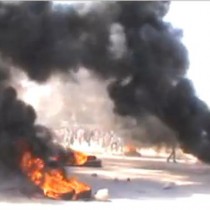


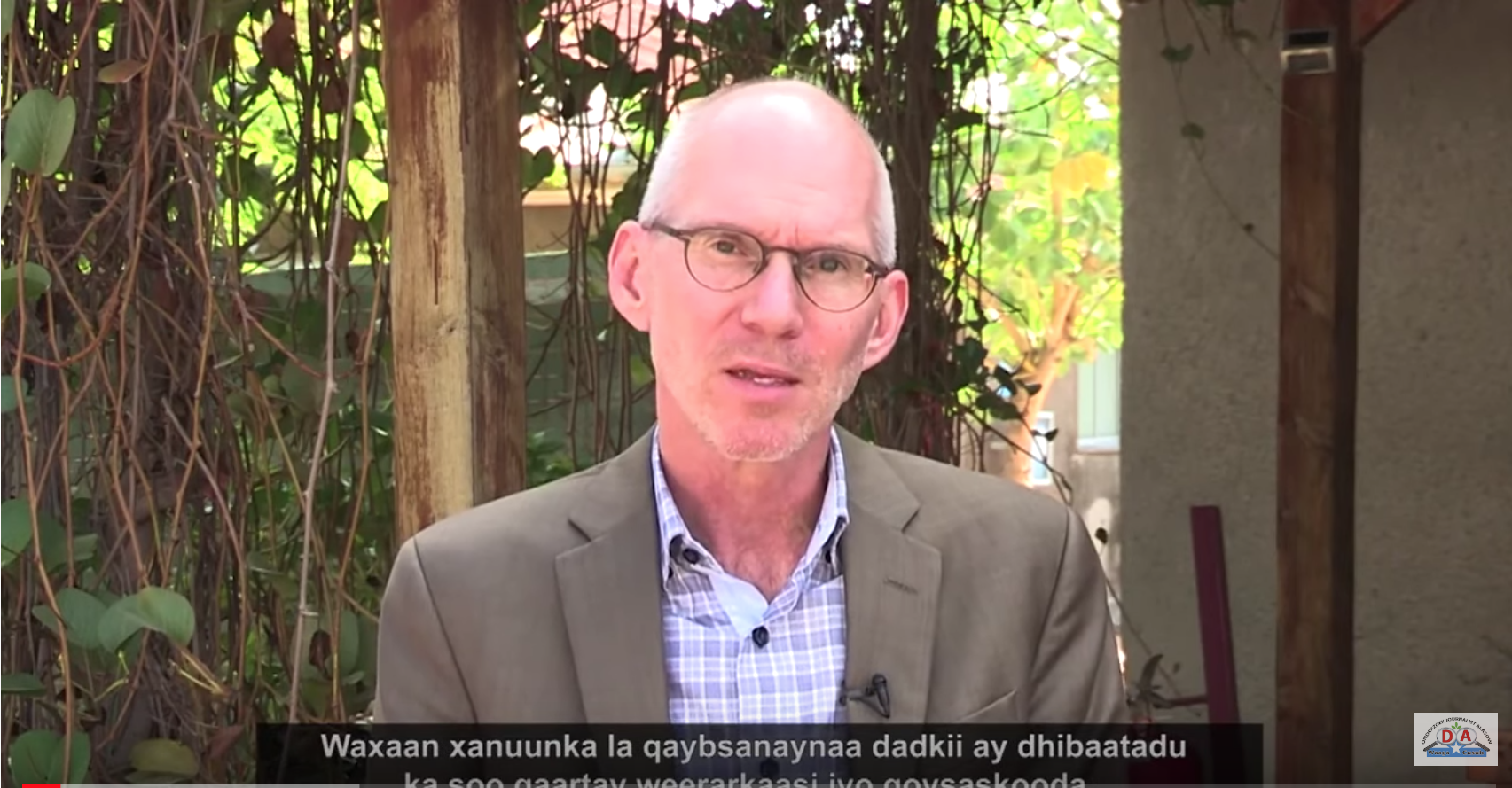
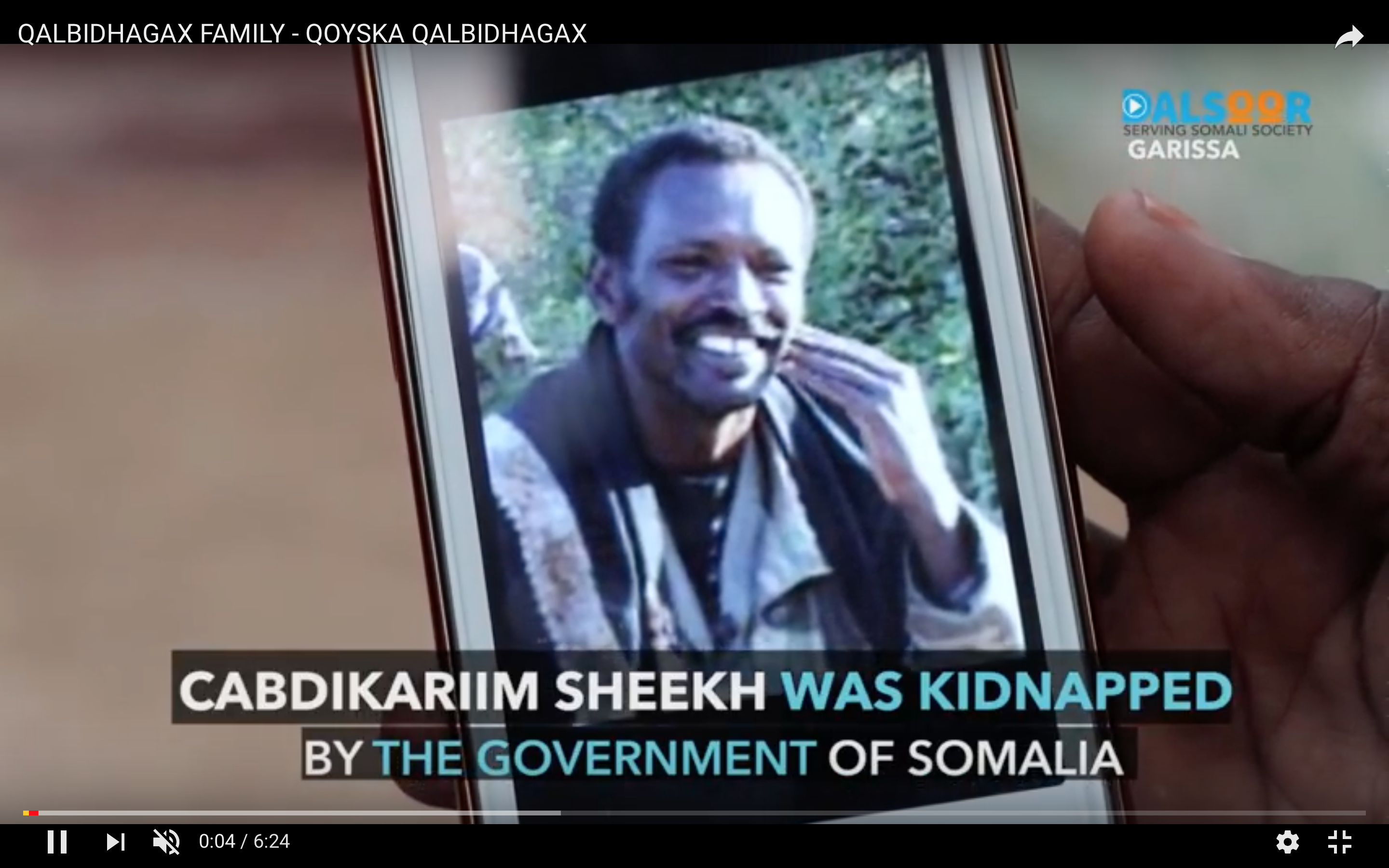
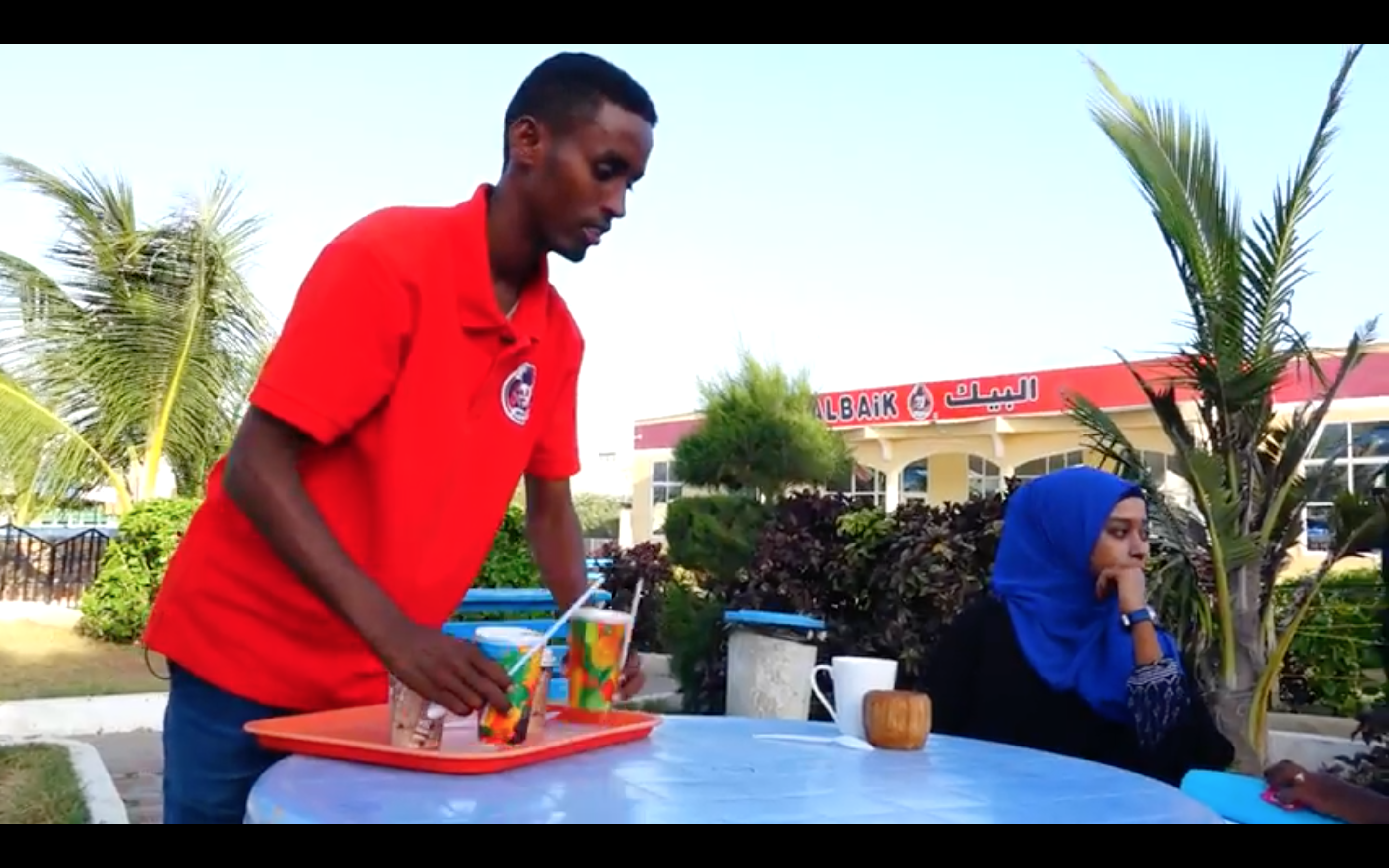
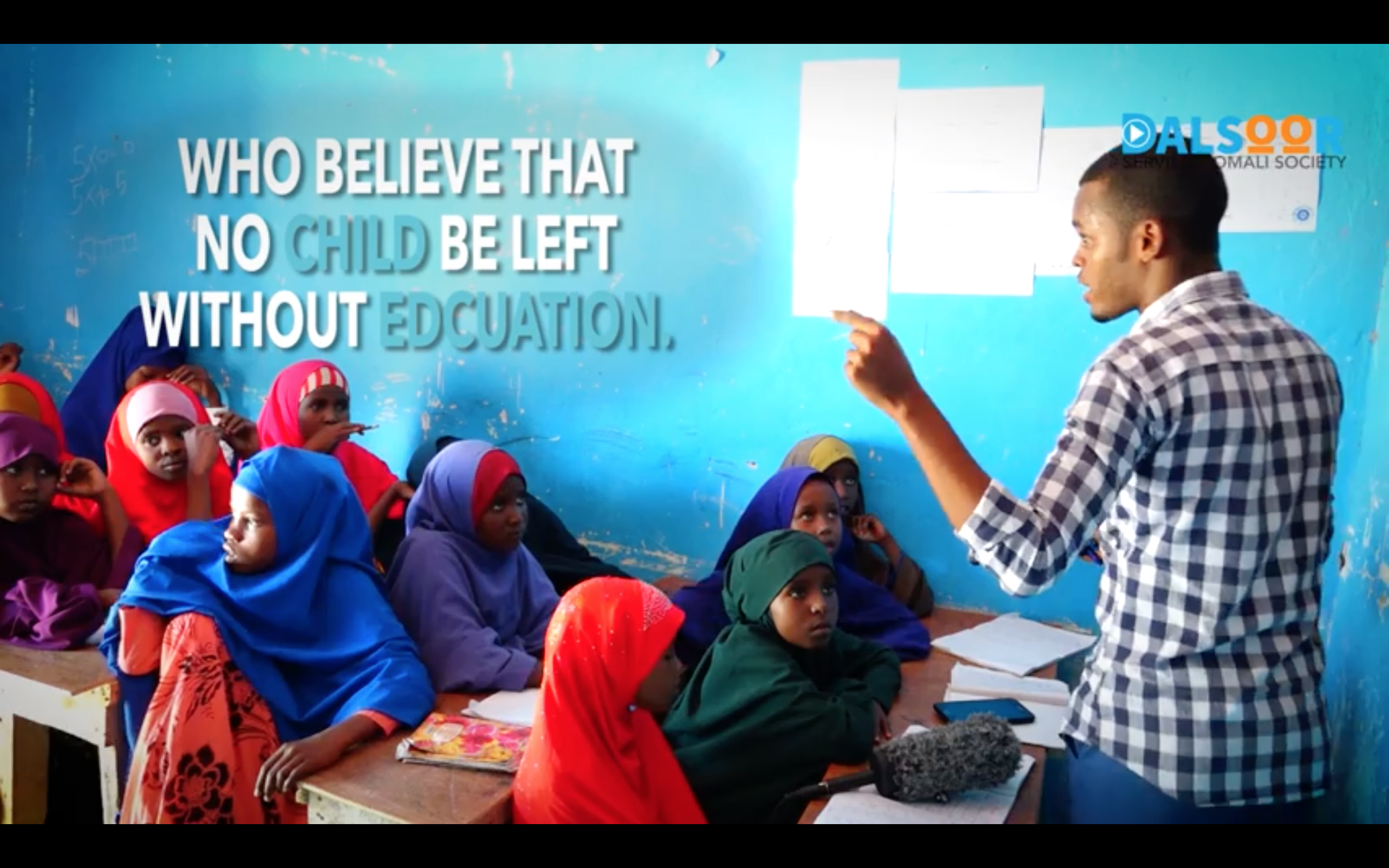
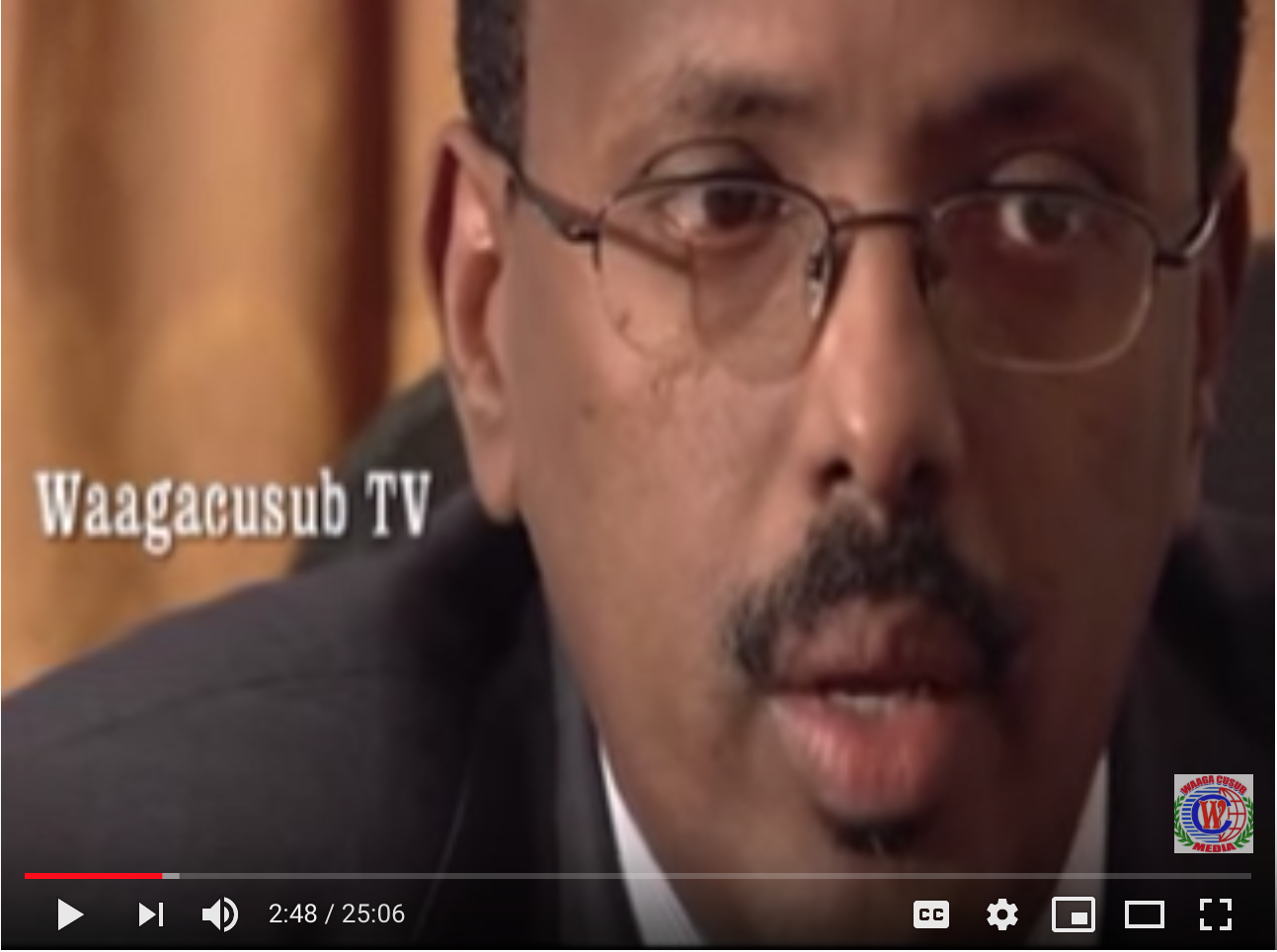

Video Somaliland: Manufactured lies backfire big time
In Berbera, a town mainly inhabited by Issa Musa sub-clan of the Habar Awal, residents are demanding the resignation of Silanyo and threaten violence if he tries to impose one of his kinsmen on them